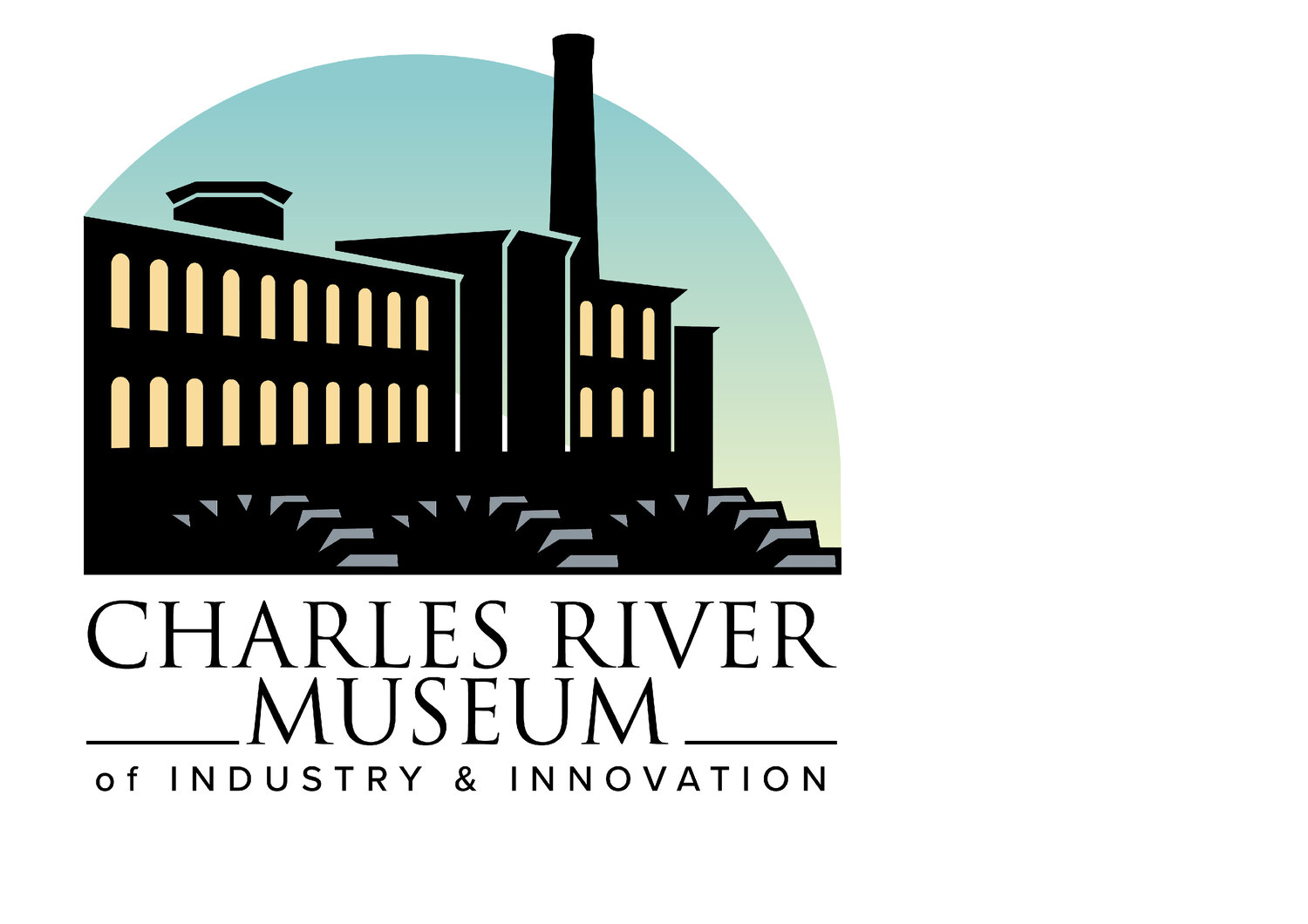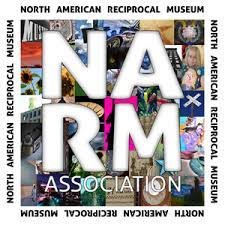Origins of American Protective Tariffs
and Some Early Consequences
By Amy Green, Ph.D., Charles River Museum historian
Tariff of 1816: Protecting American Manufacture
After the War of 1812, nascent manufacturing in America suffered a serious blow. As war-time entanglements halted the flow of goods from England to America, Britain’s warehouses overflowed with finished goods, such as textiles. Once the conflict ended, England flooded the US with cheap cloth, bankrupting mills across New England.
While the Boston Manufacturing Company managed to survive, Francis Cabot Lowell wanted to ensure economic progress would not be hindered by cheap imports in the future. After surveying the recently defunct Slater Mills in Rhode Island, he set in motion the idea of a protective tariff for industry. Traditionally tariffs were revenue-generating, directly benefitting the federal treasury and indirectly the populace. To attempt protection for private industry through tariffs entailed a radical rethinking of government’s role in the private sector. By placing levies on imports, Washington, in a very real sense, bankrolled American manufacturing.
A Web of Advantage: Tariffs and Technology
Acting essentially as the first private-sector lobbyist, Francis Cabot Lowell played a major role in garnering support from Congress for his proposed tariff—no easy task, as he met opposition from area merchants opposing any trade-interfering legislation. While some favored a relatively high tariff (around 33%), Lowell understood that only a lower rate (ultimately 25%) would guarantee passage.
The BMC, particularly, welcomed this level of protection as more than adequate to ensure their continued success. Having developed loom technology superior to anything in England or the United States, they already enjoyed marketplace dominance (higher output yielded lower unit production costs). Technological innovations such as the Lowell-Moody power loom, combined with market security in the form of tariffs, ensured control throughout the region.
Protectionism ruled the early nineteenth century as infant industries still suffered at the hands of foreign competition. The tariff of 1828 “set a 38% tax on 92% of all imported goods (“Tariff of Abominations,” Wikipedia). This tariff met with fiery opposition from the South. Viewed as unfair favoritism, tariffs widened the gulf between North and South, and dis-unionism increased in popularity amongst planters. Compromise tariffs reduced some of the friction, but not all.
Protectionism on the Run
In a move against protectionism, secretary of Treasury Robert J. Walker skillfully drafted the tariff of 1846, reducing the rate of taxation. Not surprisingly in a litany of complaints, the Boston Manufacturing Company’s Nathan Appleton referred to this economic reversal as the “destructive tariff of 1846” (Dalzell, 199).
Implications for Today?
President Donald Trump’s recently implemented tariff on steel and aluminum is officially intended to protect not only American companies, but workers as well, a constituency that cannot be ignored in modern times. Yet, with today’s infinitely more complex national and global economies, there is a high degree of uncertainty as to whether these 21st century tariffs will have their desired effects, and much curiosity to learn their unintended consequences, as well.
End Notes
“Tariff of 1846,” United States History. Accessed March 10, 2018. http://www.u-s-history.com/pages/h968.html
Dalzell, Robert F, JR. Enterprising Elite: The Boston Associates and the World They Made. New York: W. W. & Norton Company, 1987.
Rosenberg, Chaim M. The Life and Times of Francis Cabot Lowell, 1775-1817. Maryland: Lexington Books, 2011.





